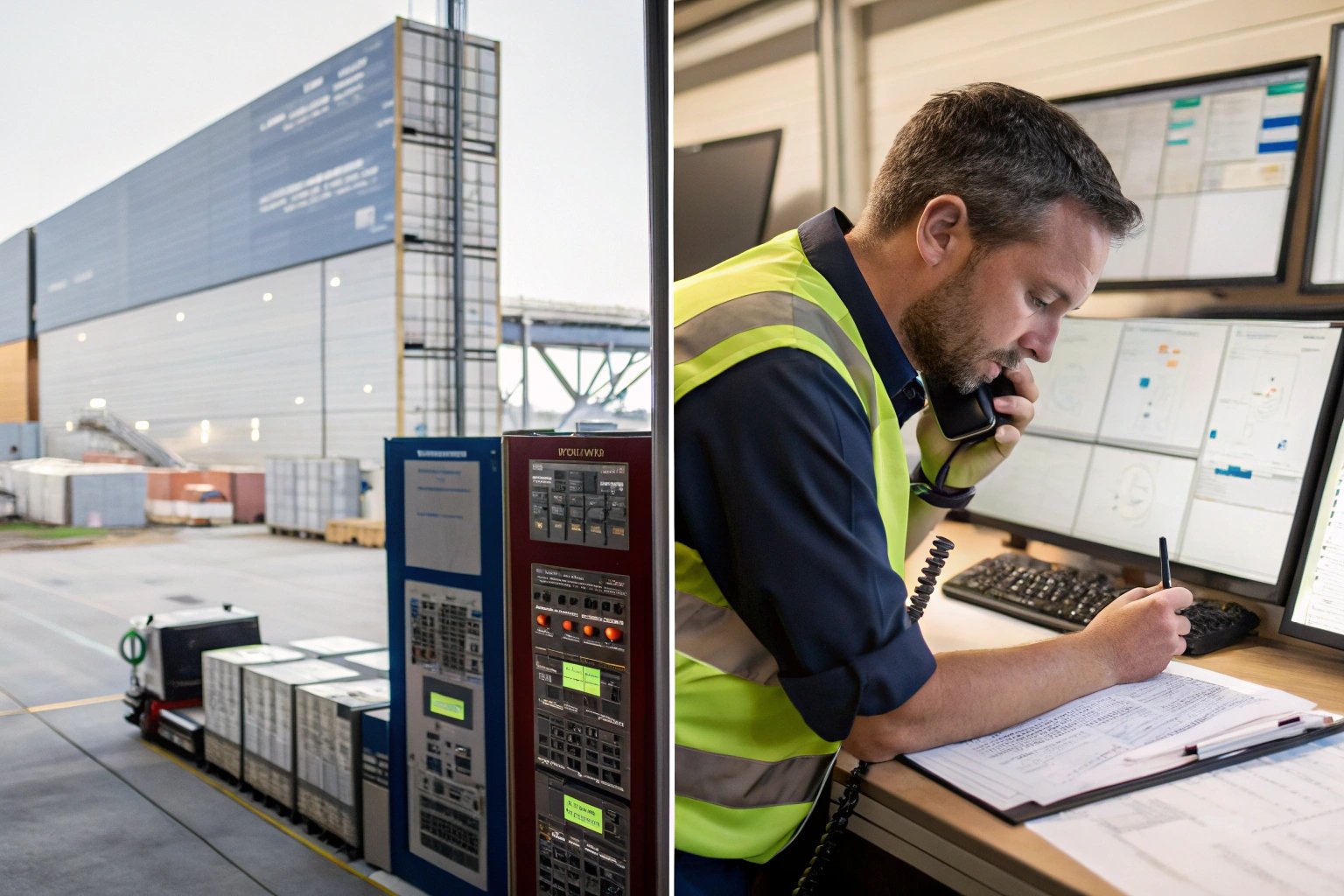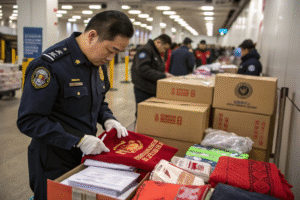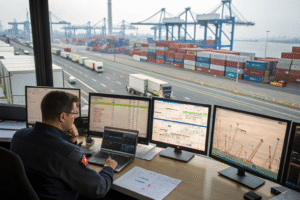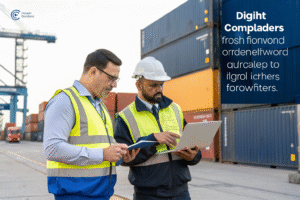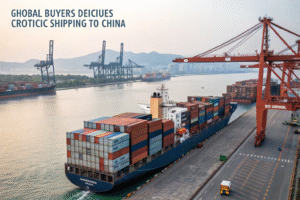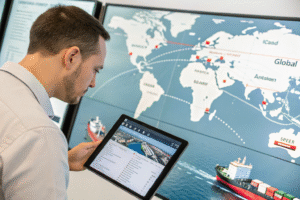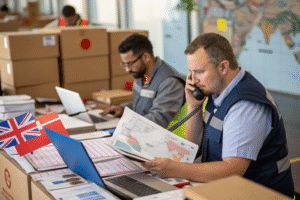Traditional freight forwarding involved a lot of phone calls, paper documents, and guesswork. Today, digital tools are changing everything.
Technology improves freight forwarding by enabling real-time tracking, automating documentation, streamlining logistics coordination, and using data analytics for smarter planning. At GeeseCargo, we use these tools to save clients time, money, and stress.
Let me show you how we’ve evolved from manual coordination to tech-powered freight—and how it gives you a stronger, faster supply chain.
Real-time tracking and shipment visibility tools
One of the biggest pain points in freight is not knowing where your goods are. Technology solves that.
With real-time tracking tools, freight forwarders give importers complete visibility over their shipments, including location updates, customs status, and estimated delivery windows.
![]()
Why does shipment visibility matter so much?
Because delays happen. Ports get congested. Trucks get stuck. Flights get rolled over. If you don’t know your cargo status, you can’t:
- Plan warehouse labor
- Schedule deliveries
- Notify customers
- Manage stock levels
At GeeseCargo, we provide:
- Milestone-based updates (e.g., pickup, on board, customs cleared, delivered)
- ETA predictions
- Customs release tracking
- Shared Google Sheets or web portals
One U.S. client selling party supplies used to call every day for updates. Now they simply check their dashboard. No emails. No confusion.
| Tracking Feature | What It Helps With |
|---|---|
| GPS-based container tracking | Real-time ocean location |
| Customs status updates | Importer readiness |
| Delivery appointment system | 3PL or warehouse planning |
| Delay alerts via WhatsApp | Fast decision-making on urgent cargo |
How does this visibility reduce risk?
You avoid:
- Unexpected demurrage charges
- Missed retail sales deadlines
- Unnecessary phone/email follow-up
- Last-minute reschedules at warehouses
Freight moves faster when everyone knows what’s happening.
Automation in booking, documentation, and invoicing
Manual entry is slow, error-prone, and expensive. Automation speeds everything up while improving accuracy.
Automated booking systems, digital document generation, and e-invoicing help freight forwarders process shipments faster, with fewer mistakes and less paperwork.
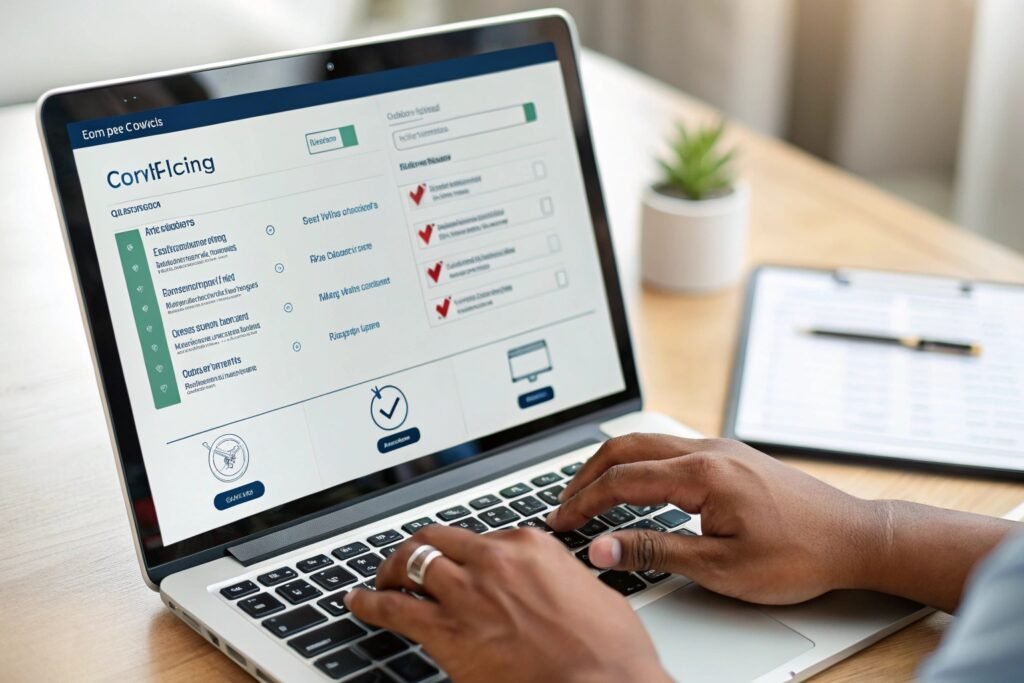
What tasks are automated in modern freight forwarding?
Here’s what we’ve automated at GeeseCargo:
| Process | Traditional Way | Automated System Used |
|---|---|---|
| Carrier Booking | Email/Phone with agent | Online booking portals |
| Bill of Lading Drafting | Manual word document | B/L auto-fill from booking data |
| Invoice Creation | Excel + manual calculation | Integrated invoice generator |
| Document Sharing | Email attachments | Client portal with auto-upload |
| Shipment Milestone Updates | Phone/email chains | API-driven alerts and Google Sheets |
This saves us and our clients hours of time—especially those who ship frequently.
What are the real benefits of automation for buyers?
- Speed: Shipments booked in minutes, not hours
- Accuracy: Lower risk of wrong port, consignee, or HS code
- Clarity: All records organized digitally
- Consistency: Each shipment follows the same workflow
If a buyer sends 10 POs a month, that’s potentially 10 hours saved. That’s what digital freight forwarders like us deliver.
How digital platforms streamline global logistics
It takes many players to move one shipment. Platforms connect everyone into one clear system.
Digital freight platforms integrate carriers, customs agents, warehouses, and truckers—reducing delays, data loss, and communication breakdowns.
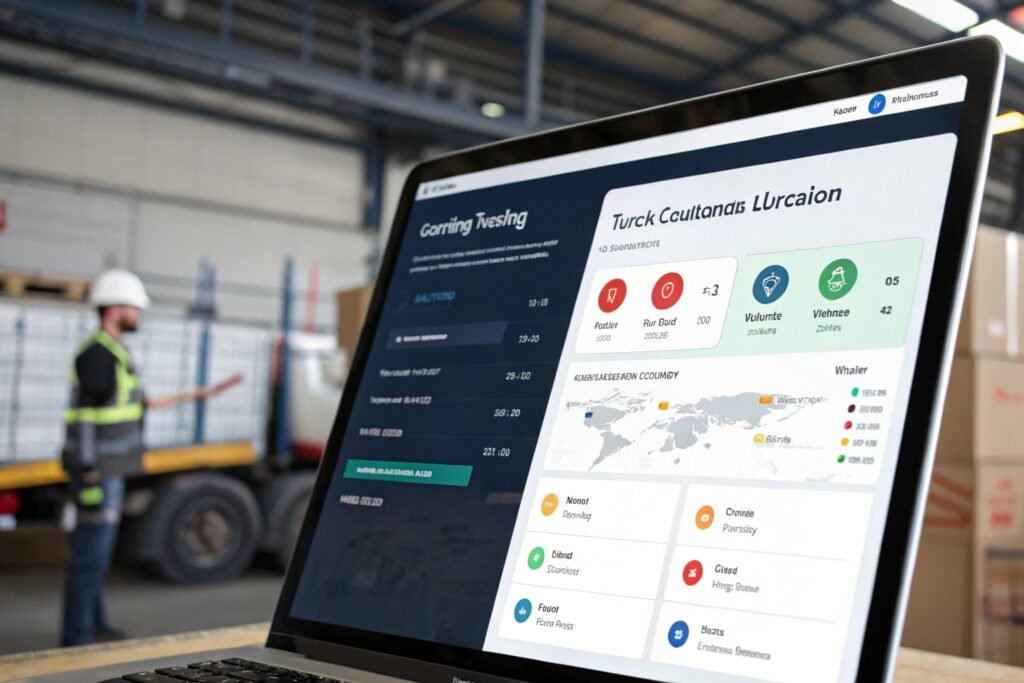
What do these platforms actually do?
Think of it as the control center. One platform can:
- Book space with multiple carriers
- Notify customs agents automatically
- Link with trucking dispatch tools
- Update clients on cargo milestones
- Collect and verify shipping documents
GeeseCargo uses platform-based coordination to manage everything behind the scenes. Our clients get one contact window, but benefit from 10–15 parties working in sync.
How does this help prevent mistakes and confusion?
| Traditional Process | Tech-Enhanced Workflow |
|---|---|
| Carrier sends booking via email | Data pushed directly into platform |
| Port sends document via fax/email | Uploaded automatically to cloud |
| Client waits for Excel file | Sees update live in tracking dashboard |
| Customs delay unreported | Platform flags delay and notifies team |
We’ve avoided dozens of container rollovers and port fines thanks to these systems catching issues before they escalate.
Benefits of AI and data analytics in freight planning
Technology isn’t just reactive—it’s predictive. AI and analytics help forwarders plan smarter and optimize every shipment.
AI-powered forecasting tools and shipment data analytics allow forwarders to predict delays, suggest better routing, and help importers reduce costs.
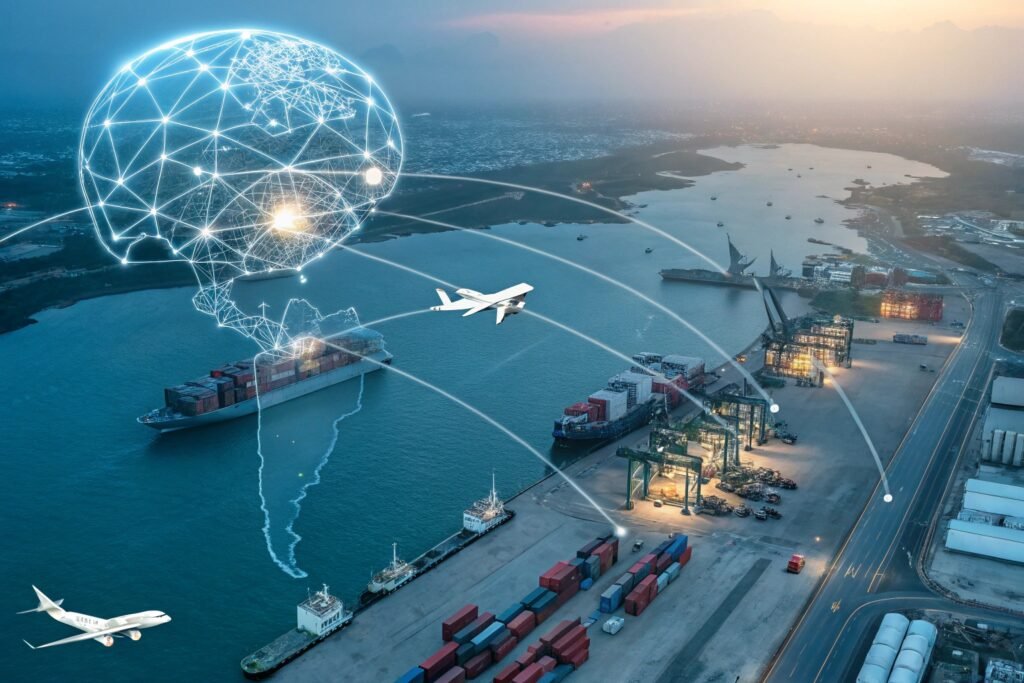
How do we use AI and data at GeeseCargo?
- Transit time analysis: Choose fastest lanes for each route
- Seasonal trend tracking: Anticipate peak season rate hikes
- Delay probability scoring: Avoid congested ports or risky carriers
- LCL vs. FCL optimization: Recommend the most cost-effective container type
- Warehouse inventory sync: Plan dispatches based on stock trends
One European client used to suffer from constant warehouse overflows. With our analytics report, they shifted from monthly FCLs to biweekly LCLs. Their storage cost dropped by 30%.
What decisions can importers make better with data?
| Decision Type | Insight From Data | Result |
|---|---|---|
| Best shipping window | Compare ETD/ETA from past months | Lower delay rate |
| Right container choice | Track CBM usage across shipments | Reduce underfilled FCL cost |
| Supplier performance | Monitor delays by factory origin | Improve PO timing or switch source |
| Lane risk management | Avoid high-risk ports | Maintain delivery reliability |
When we share these insights, clients aren’t just reacting—they’re planning with power.
Conclusion
Technology transforms freight forwarding from reactive to proactive. With tracking, automation, platforms, and smart data tools, forwarders like GeeseCargo help importers run smoother, faster, and more profitable supply chains.
